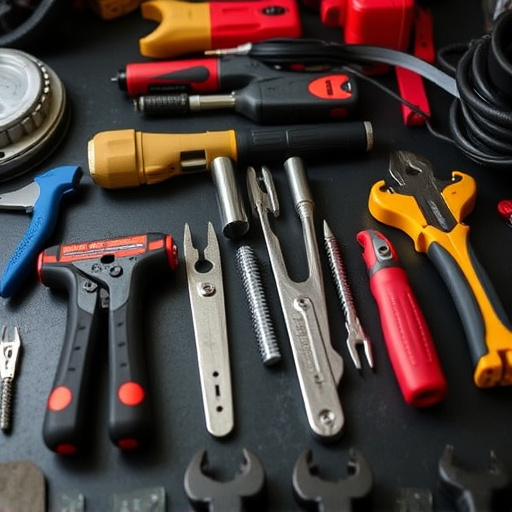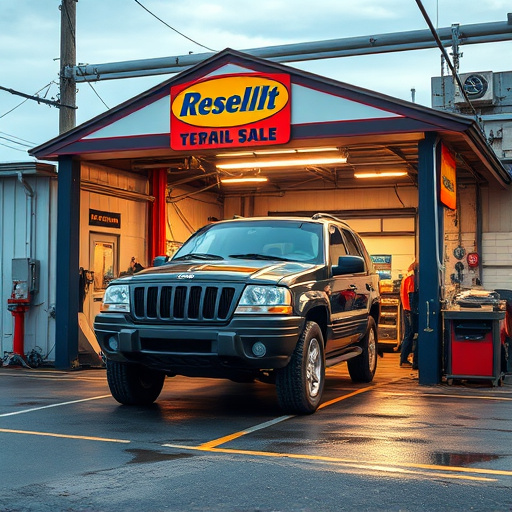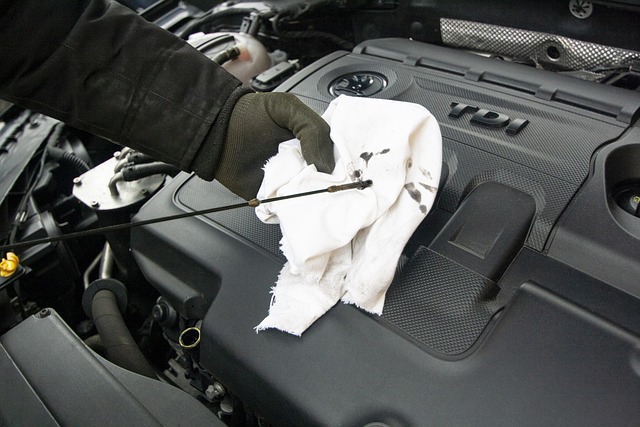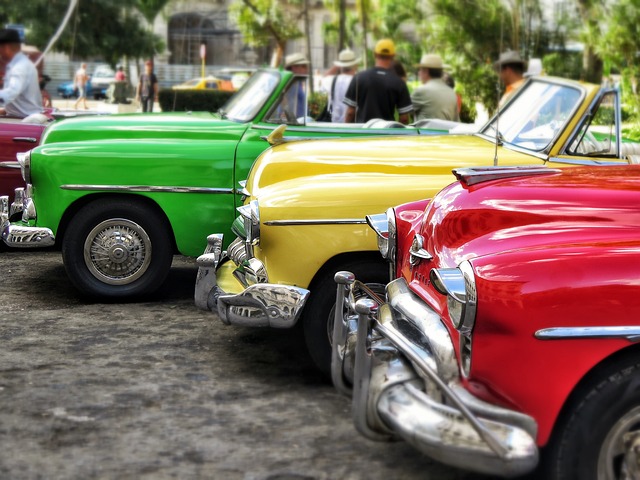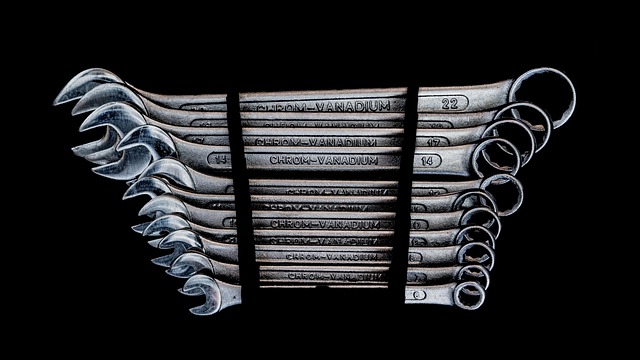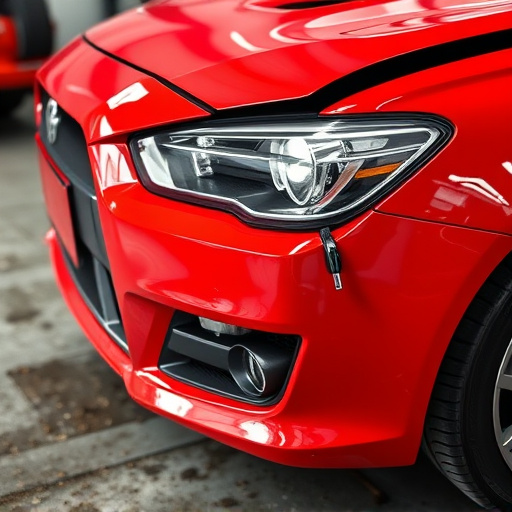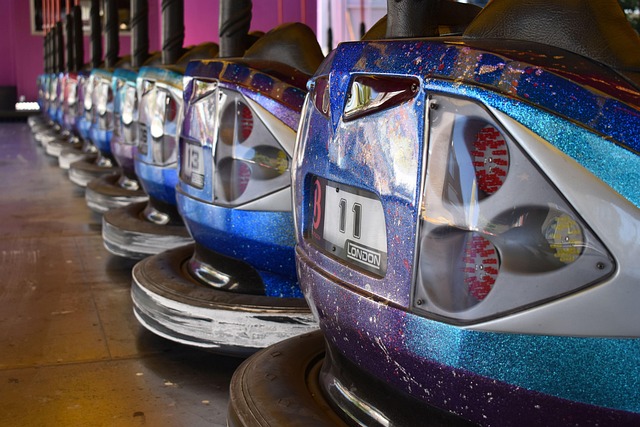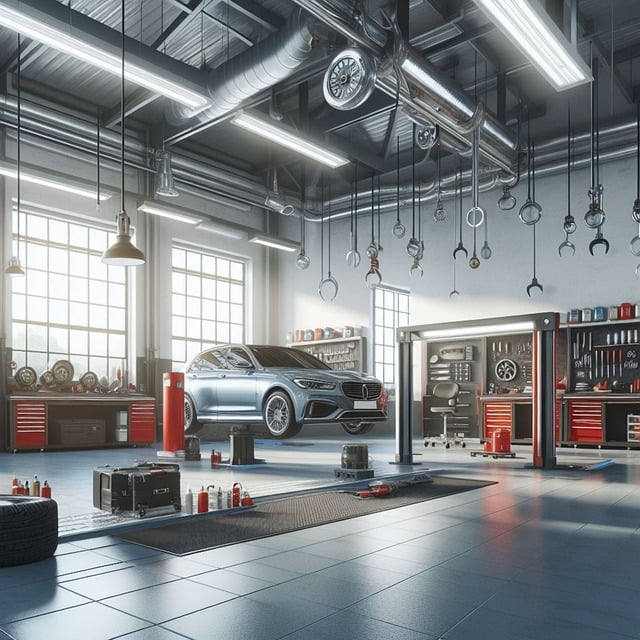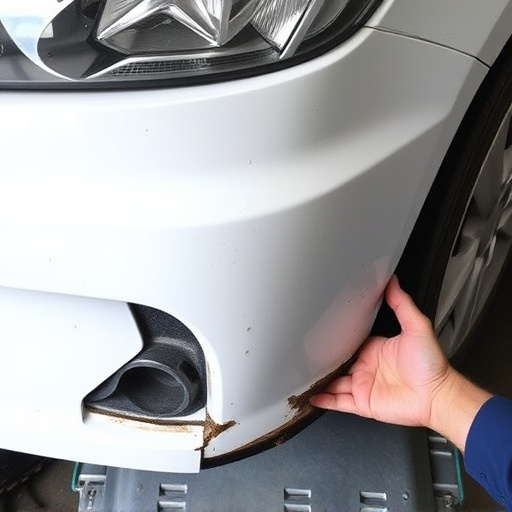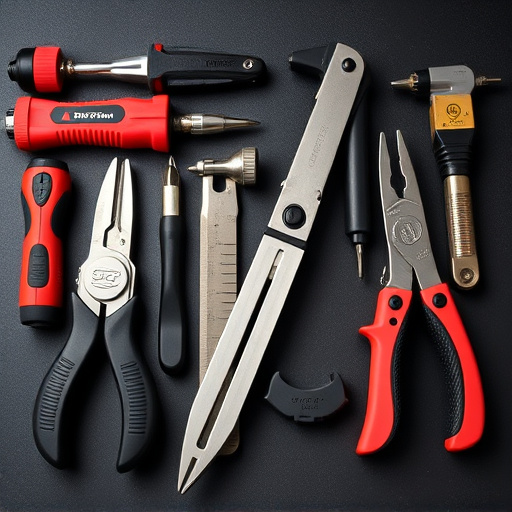Water-based auto paint is an eco-friendly and safe alternative in automotive repairs, offering superior adhesion and quick drying time for dent repair. Mixing this paint requires precision to blend pigments, binders, and additives for optimal performance and consistent coverage. Professionals expertly control application variables for diverse finishes, while adhering to manufacturer guidelines prevents common mistakes like incorrect ratios and clumps, ensuring a smooth, glossy finish that showcases the artistry of car paint repair work.
Discover the art of perfecting your paint job with our guide on the importance of correct mixing for water-based auto paint. Water-based paints offer a host of benefits, from reduced VOCs to easier application and cleanup. Understanding their unique properties is key. Learn the precise mixing process to achieve optimal consistency and performance, while also avoiding common mistakes that can hinder results. Master these techniques, and your water-based auto paint will transform any project into a seamless masterpiece.
- Understanding Water-Based Auto Paint: Properties and Benefits
- The Mixing Process: Achieving Optimal Consistency and Performance
- Common Mistakes to Avoid During Mixing for Best Results
Understanding Water-Based Auto Paint: Properties and Benefits

Water-based auto paint is a revolutionary advancement in the automotive industry, offering both exceptional aesthetic results and numerous practical benefits. This innovative type of paint is designed specifically for vehicle repair services, providing a superior alternative to traditional solvent-based formulas. Its key advantage lies in the fact that it uses water as its primary solvent, making it not only environmentally friendly but also safer for auto repair shop workers who are often exposed to hazardous chemicals.
By embracing water-based auto paint, car dent repair processes become more efficient and less toxic. This type of paint adheres flawlessly to various surfaces, ensuring a seamless finish that enhances the vehicle’s overall appearance. Moreover, its fast drying time reduces the downtime required for vehicle repairs, making it a popular choice among both professional mechanics and DIY enthusiasts looking to achieve flawless results in their auto repair shop projects.
The Mixing Process: Achieving Optimal Consistency and Performance

The mixing process for water-based auto paint is an art that requires precision and attention to detail. It’s not merely about combining the components; it entails achieving a harmonious blend that guarantees optimal performance and consistency. This meticulous procedure ensures that every pigment, binder, and additive is uniformly distributed, resulting in a paint with impeccable finish and coverage.
In automotive repair or auto bodywork shops, where high-quality finishes are paramount, the right mixing technique is crucial. It affects not just the aesthetic appeal of the car’s exterior but also its durability. By controlling variables like speed, duration, and intensity, professionals can create water-based paint that meets specific requirements, be it a glossy shine or a matte finish, while maintaining exceptional consistency throughout each application in the car body shop.
Common Mistakes to Avoid During Mixing for Best Results
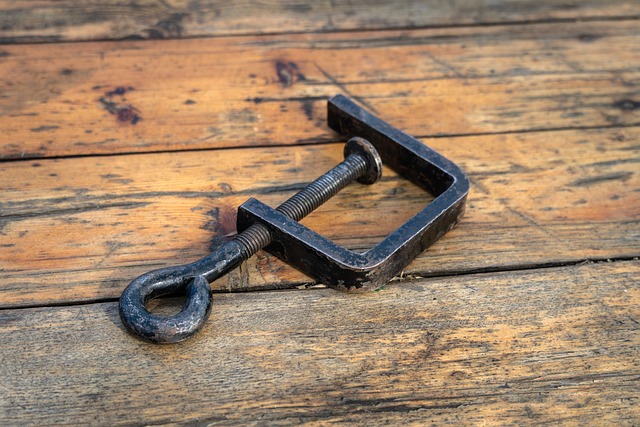
When mixing water-based auto paint, several common mistakes can lead to subpar results. One of the most frequent blunders is using the wrong ratios of pigments and binders, which can cause uneven color and texture. Always adhere to the manufacturer’s guidelines for mixing ratios, as they’ve spent years refining these formulas.
Another error is not thoroughly agitating the paint mixture after adding ingredients. This inattention results in clumps of pigment or binder, leading to brush strokes and an inconsistent finish when applied to a car paint services or vehicle body shop job. Proper mixing ensures a smooth, glossy surface that showcases the beauty of your car paint repair work.
Proper mixing is key to unlocking the full potential of water-based auto paint. By understanding its unique properties and benefits, and avoiding common pitfalls during the mixing process, you can achieve consistent, high-performance results. This ensures not only a vibrant finish but also contributes to the growing popularity of water-based paints for their environmental friendliness and ease of use.
